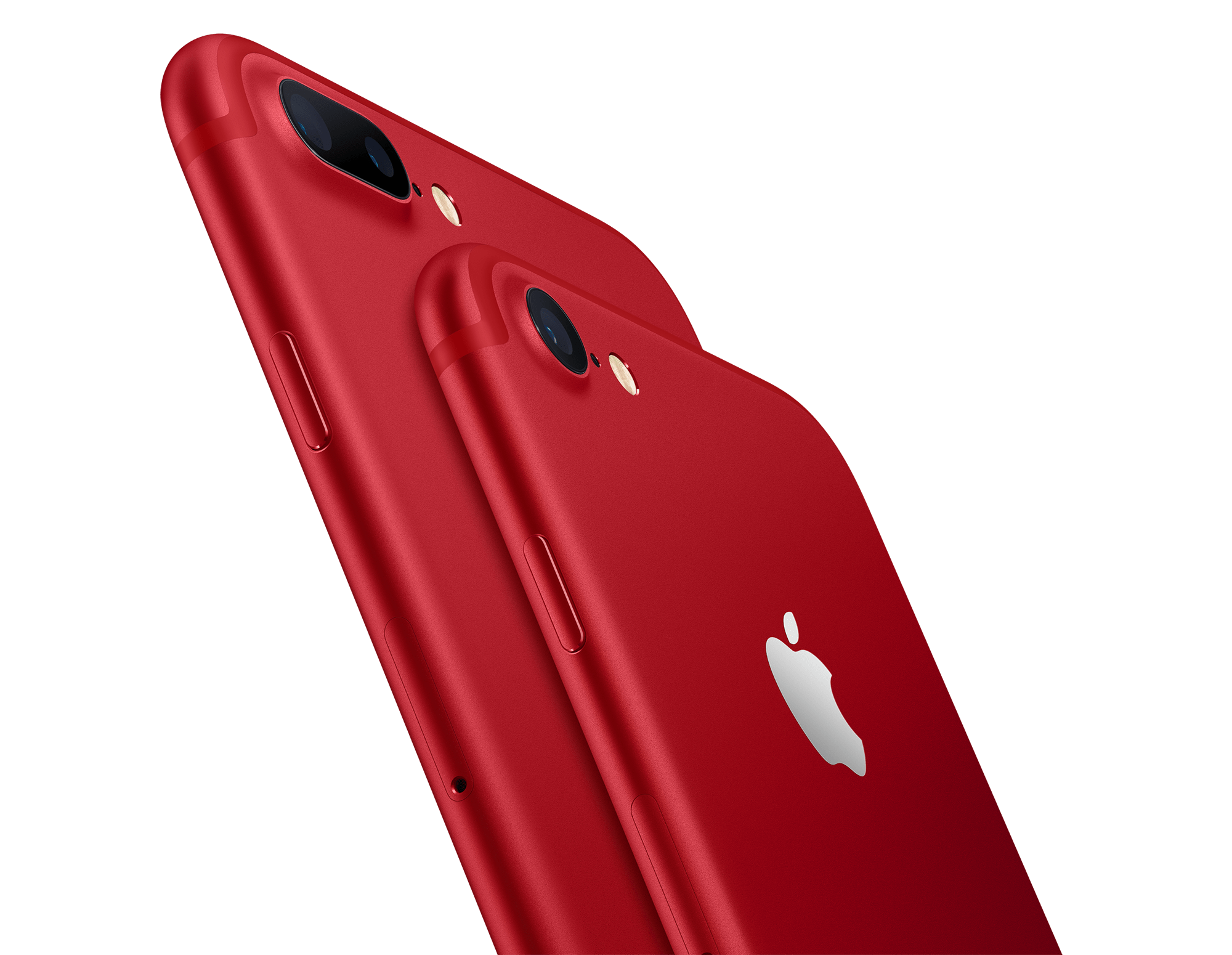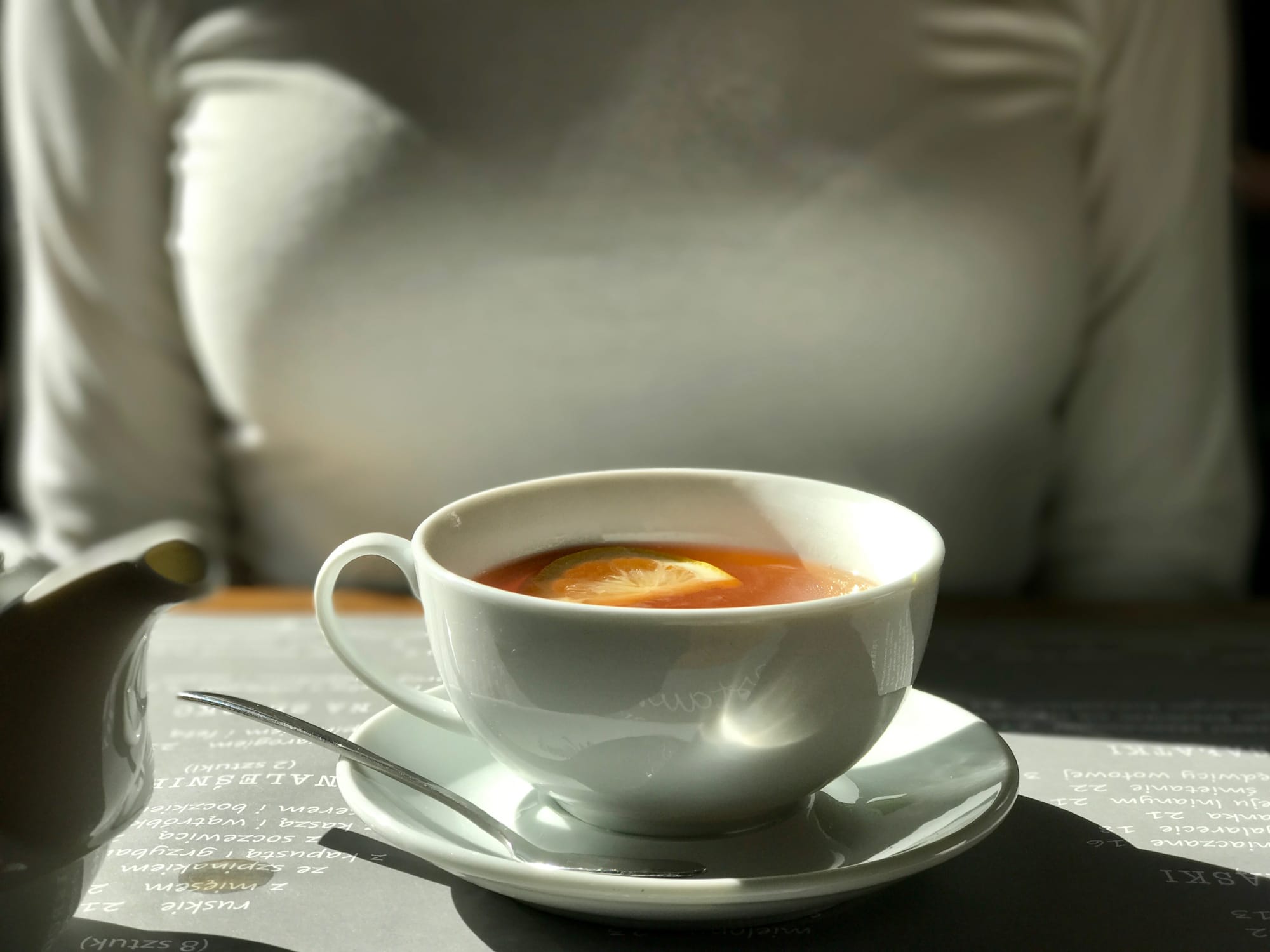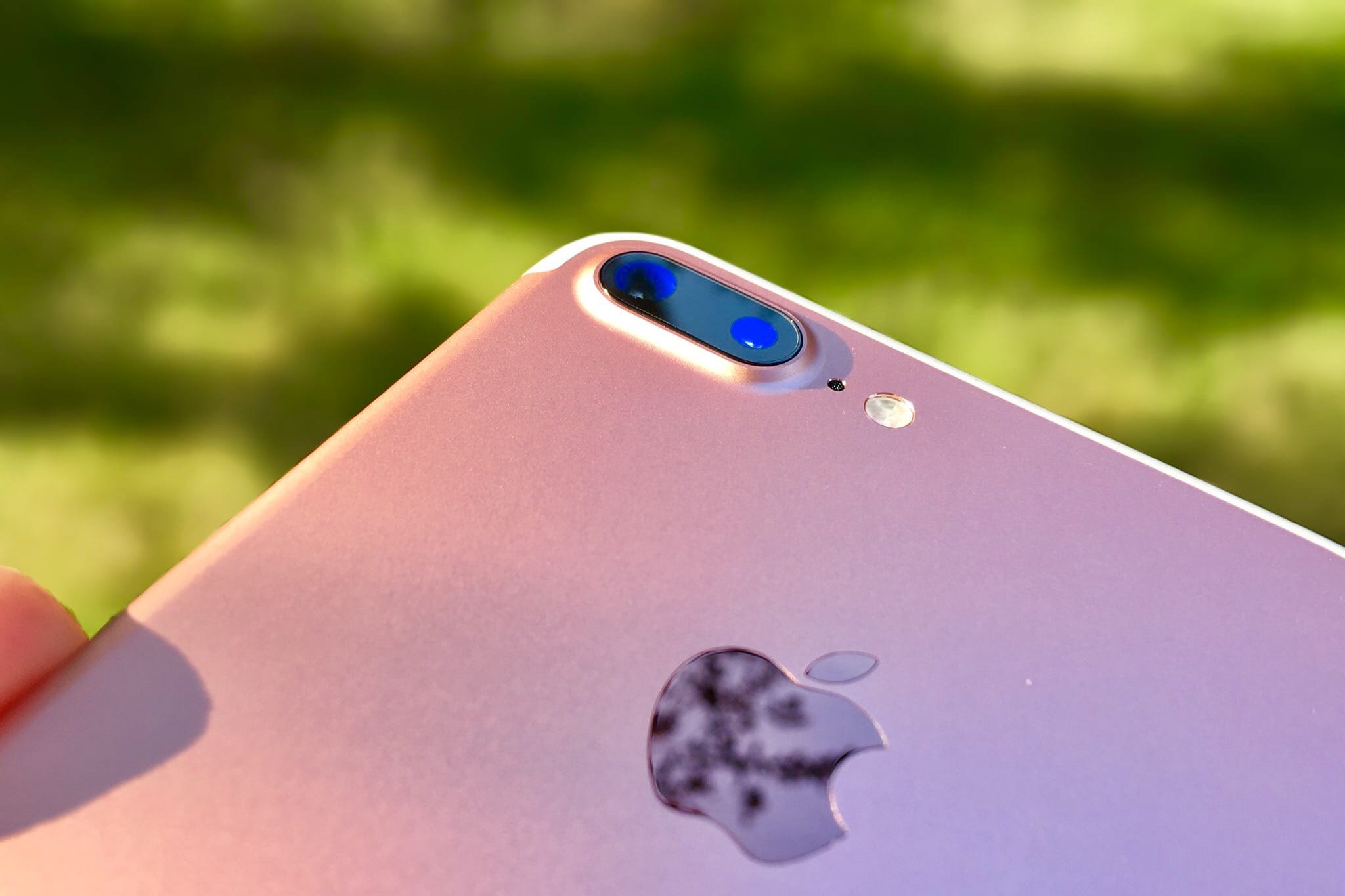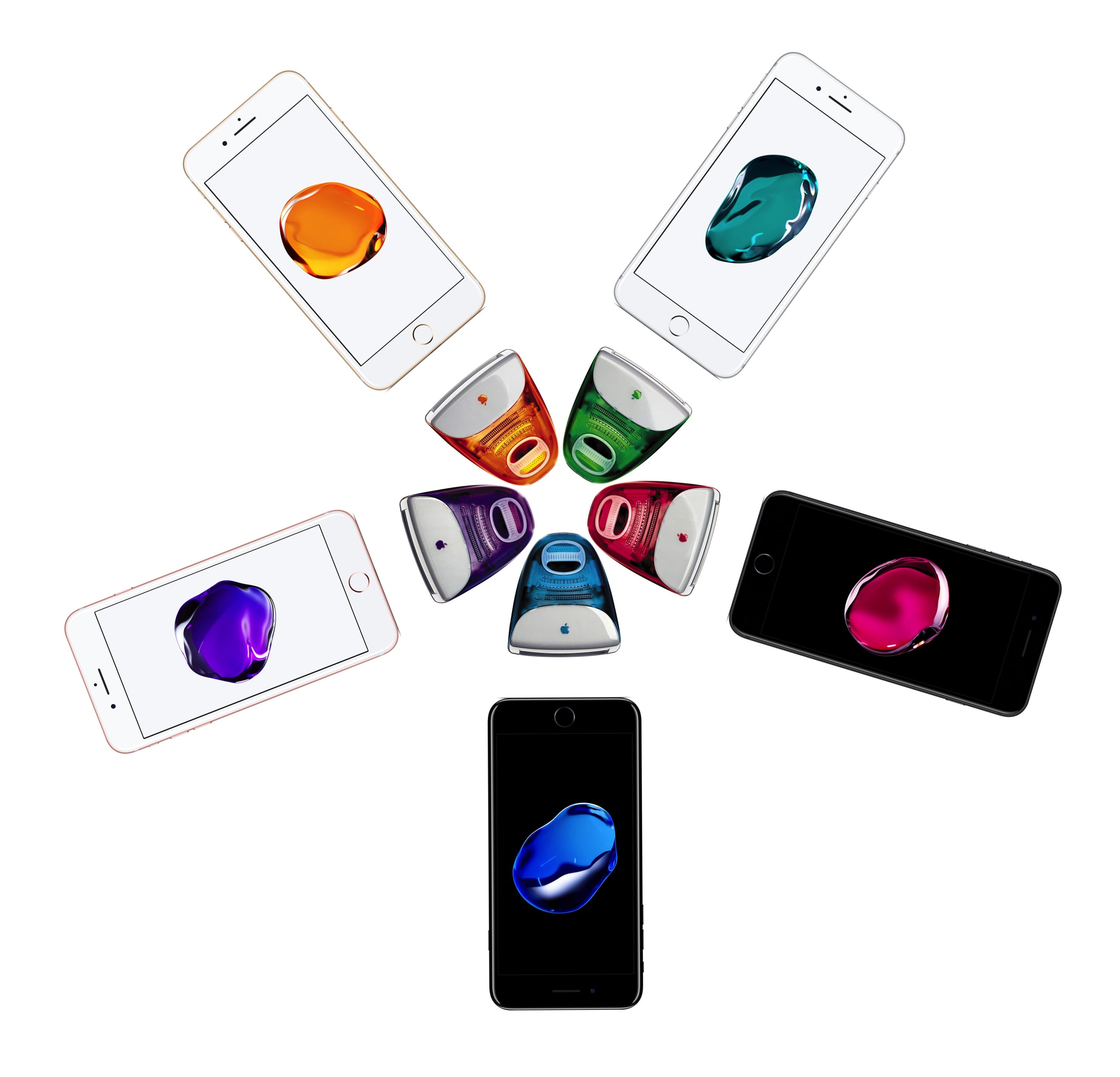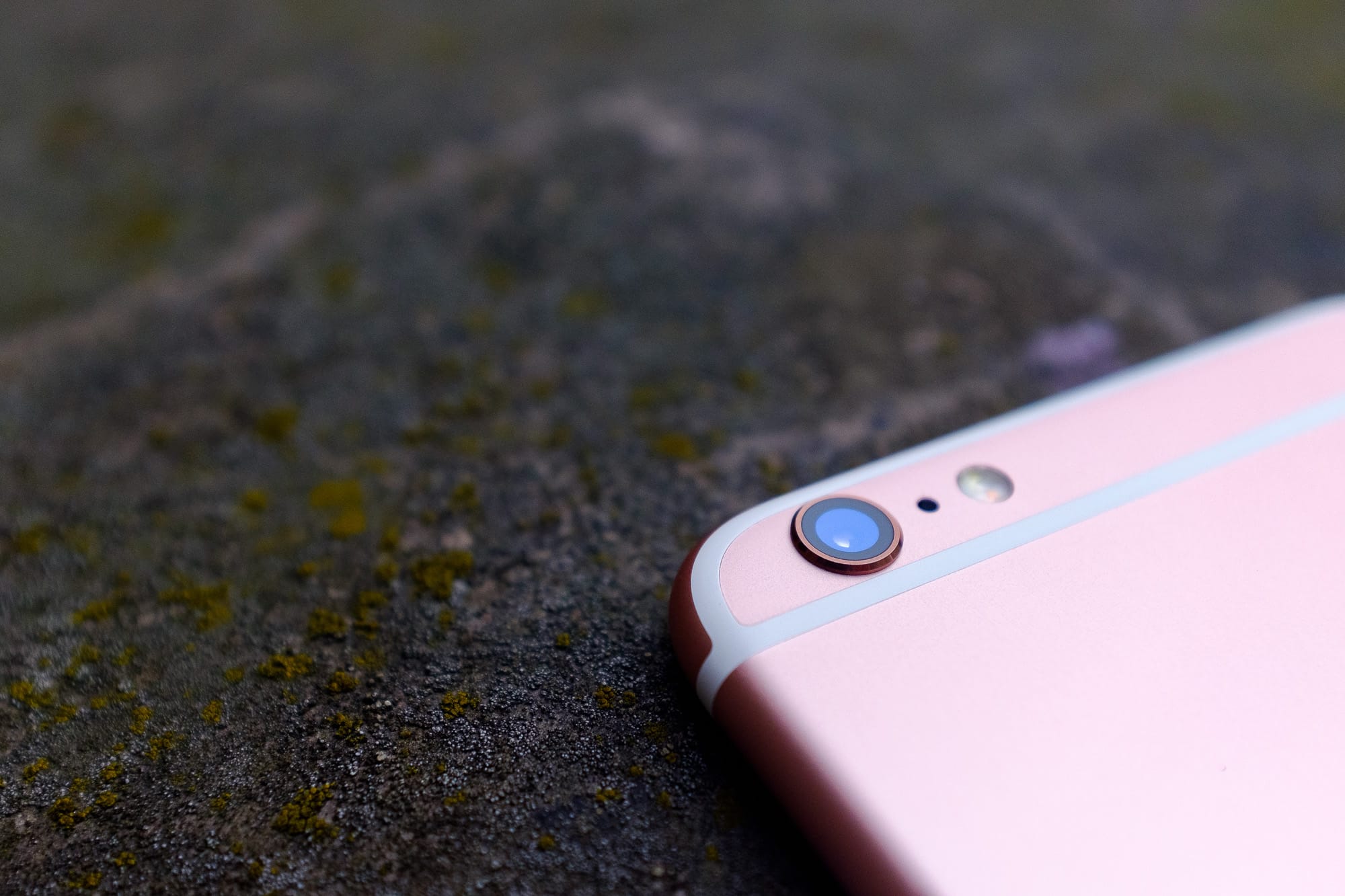John Gruber:
After just five days — more than half of which I’ve spent using the matte black iPhone 7 Plus — this jet black iPhone 7 has a few “micro abrasions”, to use Apple’s own term. I can only see them when I’m looking for them, and only when I reflect light off the surface at the perfect angle, but they’re there. This is after two days of careful use, and never putting it in a pocket that contains anything else. The back surface of this phone shows more wear after (effectively) two days of use than my space gray 6S does after nearly a year.
I don’t mind the scratches as much as constant finger and face prints on the black front.
There is a rumor, rampant on Twitter, that the wide angle camera sensor on the 7 Plus is smaller than that of the 7. I checked with Apple and they were adamant that there is no truth to this. Optically, the wide angle camera on the Plus is identical to that of the 7. The only differences between the cameras are their internal connectors. The sensors and lenses are the same.
Good to have confirmation from an official source.
The telephoto second camera has a few limitations. It does not have OIS, for one thing. Second, it has an f/2.8 aperture; the wide angle lens has an f/1.8. The smaller the f-stop number, the larger the aperture is. You know how the corneas of your eyes open wide when it’s dark, to let more light into your eyes? That’s exactly the purpose of the aperture on a camera. A smaller f-stop lets in more light. (The cameras on the iPhone 6S and 6S plus had apertures of f/2.2.)
Thus, in my opinion, the second camera on the 7 Plus is mostly useful with well-lit-room-or-better lighting. In low-light situations, you’re going to want to shoot at 1x with the wide angle lens. But when you do have good lightning, especially outdoors, the image quality from the telephoto lens is terrific.
Too bad about lack of OIS, but then again, I never really needed it, apart from days when I shoot video. Nice to hear that the quality is up there though.
Even with high-end DSLR cameras and lenses that produce a shallow depth of field naturally, the photographer doesn’t see it before they take the shot.
This part is wrong. On every camera with a TTL viewfinder, the photographer sees exactly what the lens does, including the DoF. You can however stop down a DSLR lens to preview the set aperture, if it’s not set to wide open, to judge the DoF before taking the shot. The small viewfinder makes this harder to see than on a large LCD screen. DoF preview is not possible through the OVF of cameras such as a Fuji X100 or Leica rangefinder, unless you use the EVF.
Apart from that small error above, I urge you to read John’s insightful take on the new iPhones.

